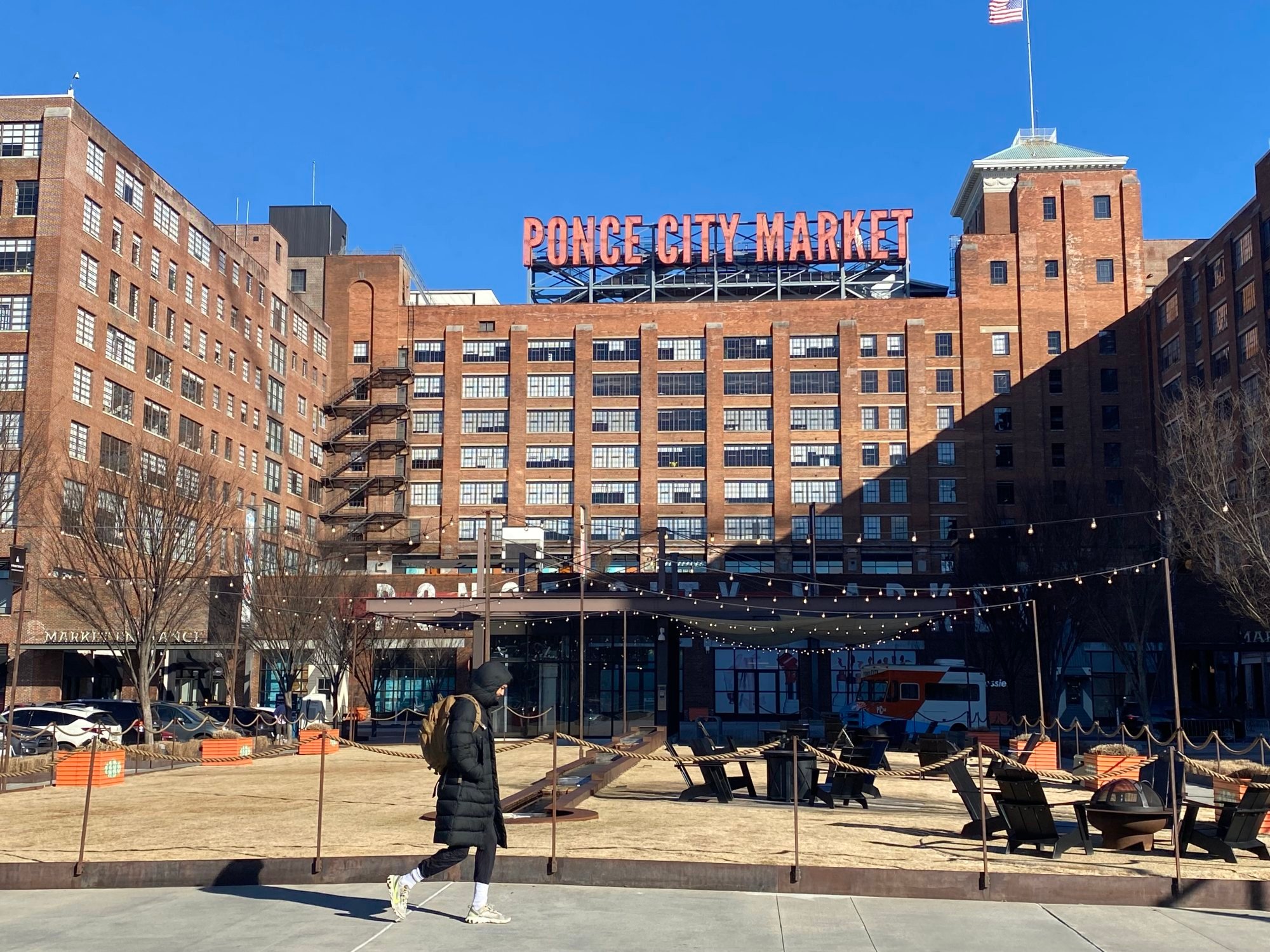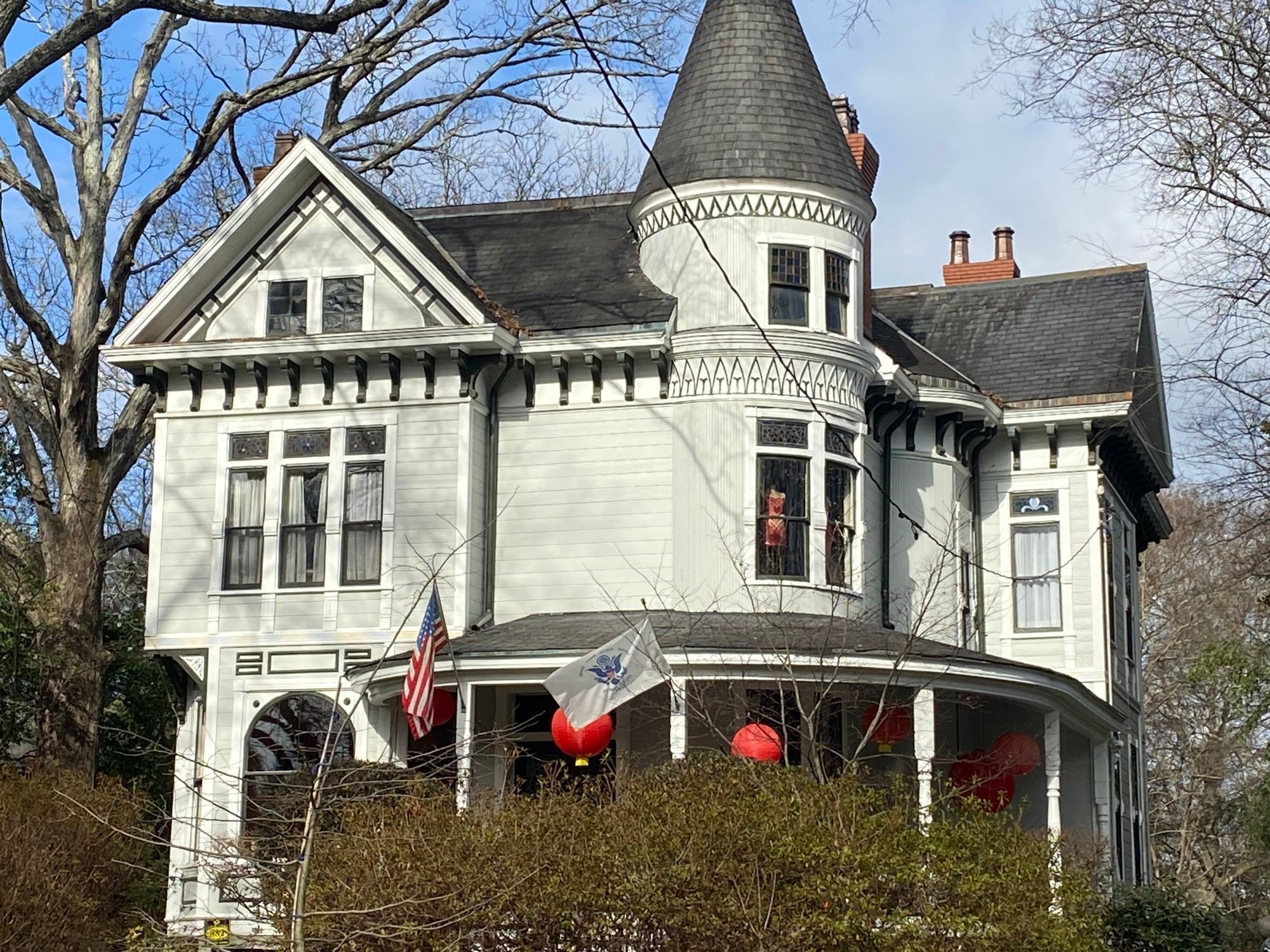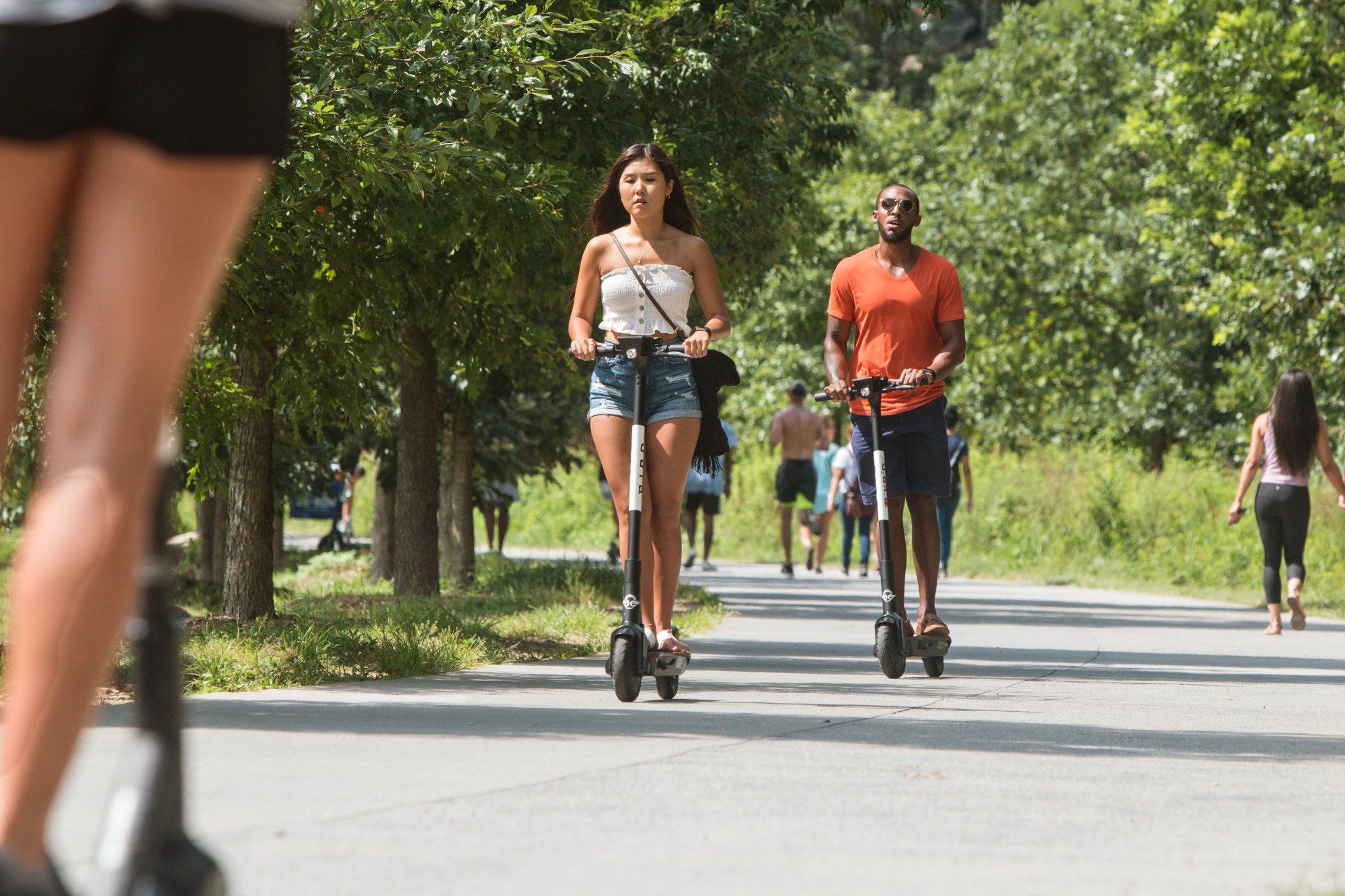
How Atlanta offers much more than just the world’s busiest airport, attracting a growing number of tourists with its architecture, history, food and art
- Atlanta, in the US state of Georgia, is ditching its reputation as merely a place to change planes, with visitors increasingly exploring its other highlights
- Places of interest include the World of Coca-Cola (the drink was created in Atlanta), leafy Inman Park, the sprawling Ponce City Market and the Beltline
Seventy-five million passengers navigate the terminals at Hartsfield-Jackson Atlanta International Airport each year, but most are only passing through Georgia, touching down in the world’s busiest airport – home of Delta Air Lines – before catching a connecting flight.
But change is afoot. Increasingly, visitors are exploring the highlights of this American city: leafy neighbourhoods such as Inman Park; a food scene shaped by Atlanta’s diverse population; and architectural treasures into which new life has been breathed.
Ponce City Market, a hulking warehouse and one of America’s largest brick buildings, towers over Ponce De Leon Avenue, along which Atlantans once flocked to nearby springs named after 16th-century Spanish explorer Juan Ponce de León, who spent most of his life searching for the fountain of youth (although he never visited what is now Atlanta).
The building covers 2.1 million sq ft (19.5 hectares), which is why I’ve enlisted David, a guide for Food Tours Atlanta, to help me navigate the market.

He says that from the 1920s, the building was a distribution centre for Sears, and points to the department store’s name engraved in the ornate stone archway. He produces a catalogue from the 1900s and explains that almost everything in it – from tombstones to prefabricated houses – was stored here.
Sears closed the distribution centre in 1991 and the building was empty until 2014, when the Ponce City Market opened, its cathedral-like halls filled with independent boutiques, restaurants and bars.
It’s not only the exposed brick walls that offer nods to the building’s past- alongside the building’s information panels are pneumatic engines, which used to blast bags of cash through the warehouse’s 32km (19.8-mile) network of tubes.
The Ponce City Market might not be in downtown Atlanta, but the construction of the Beltline, the first section of which was completed in 2008, means it’s easy to get from the city centre to the building.
The 35km-long walking and cycling trail sits in the footprint of a disused railway and has transformed the way in which Atlanta can be explored. Also a venue for fitness classes, concerts, art exhibitions and farmers’ markets, the route is lined with street art and sculptures. Historic buildings along the way include the Ford Factory Lofts, where slick apartments now fill a factory in which Model Ts were once made.
Atlanta wears its history proudly. In the exhibition hall at World of Coca-Cola, a sprawling tribute to the brand founded here in 1892, a guide flags one of the world’s first soda fountains – a branded, Grecian-urn-like device that dates back to 1896 – next to a ceramic Coca-Cola plate produced a year later.

Asa Griggs Candler Snr, who bought the Coca-Cola recipe in 1888 from a chemist (for precisely US$238.98), lived in nearby Inman Park. His former home, a Greek-revival-style mansion named Callan Castle, is clearly visible from the road.
Other buildings, such as the Trolley Barn – a gabled wooden structure built in 1889 to house the offices of America’s first tram company – open their doors to the public during special events, such as the annual Inman Park Festival, which takes place in April.
Inman Park’s high street is lined with independent boutiques, including the Craftivist, a yarn store with inventive displays of coloured wool. Its workshops include one dedicated to making woolly nests for orphaned birds.


A once litter-filled underpass, which is still used by cars and pedestrians, has been transformed into an art gallery, an Instagram-friendly urban canvas daubed by graffiti artists. Then there’s the Krog Street Market, a food hall built inside a warehouse constructed in the 1800s, which serves everything from Texan specialities, at Superica, to Sichuan delights at Gu’s Dumplings.
Fine dining is more the thing in Buckhead, a wealthy neighbourhood that has some of the city’s best hotels, including the recently opened, art-filled Thompson Hotel, while 10km to the south, cheap rent and plenty of space have seen some of America’s top chefs set up shop in the heart of the city’s downtown.
Many cuisines are represented in Buford Highway, a slightly down-at-heel but safe neighbourhood that is home to one of the highest concentrations of foreign-born residents in the United States – Chinese, Korean and Vietnamese prominent among them. Eastern European delicacies are also much in evidence, and come in primarily Polish, Ukrainian and Latvian flavours.

The Buford Highway Farmers Market is a destination in itself. In the sprawling seafood section – on its own, the size of a supermarket – there are shark steaks, glistening tilapia and still-twitching lobsters. Vertiginous stacks of fresh sugar cane, neat pyramids of longan and huge piles of neon-green Mexican guavas fill the aisles.
I spot a customer perusing cactus leaves, carefully selecting the finest specimens before placing them in his basket. I can’t resist asking him how he plans to prepare them.
“I’ll fry them, and serve them with pork,” he says, laughing at the curiosity of someone who’s never even considered eating a cactus leaf, never mind a fried one, but assures me it’s a concept that works.
I remind myself that a year ago, the concept of spending a holiday in Atlanta would have struck me as unusual. But like the fried pork and cactus leaves, it works.

